As the new 6D Mark II and Rebel SL2 are announced, Canon is updating two of its biggest camera lineups. Both looking like solid new cameras, especially the 6D since it’s been anticipated for even longer than it’s been rumoured, they’re both still missing one of the most requested features: 4K video.
The $1,999 6D Mark II is a follow-up to 2012’s Canon 6D, a slightly cheaper and slightly less capable full-frame sibling to Canon’s popular 5D series. It’s been a long wait, but judging from the specs, that wait might be worth it when the 6D Mark II goes on sale in July.
Just about everything has been upgraded from the first 6D to the second, as you’d probably expect. It has a new 26.2MP CMOS sensor, and uses some of the company’s most advanced internals, like the DIGIC 7 image processor. The high end of the native ISO range gets bumped up to 40,000 from 32,000, which is nice, because the original 6D was already a low light marvel.
The 6D Mark II also uses Canon’s ultra-fast Dual Pixel autofocusing system, and the camera now has 45 cross-type autofocus points at its disposal, a step up from the 6D’s paltry 11. It shoots at relatively fast pace of 6.5 frames per second, but there’s a short runway there: the maximum burst is 21 frames for RAW photos, and 150 for JPEGs.
Canon’s made the 3” LCD on the back a touchscreen, and the panel swivels out to the side now, too. But the 6D Mark II is also weather resistant, on par with the sealing found on the more expensive 5D Mark IV, according to Canon. Inside, you’ll find WiFi, NFC, Bluetooth, and GPS radios.
Canon’s done all this while only adding a few grams to the original weight of the 6D. In other words, it’s a fully modern digital SLR camera — something the relatively ancient 6D hasn’t been in years.
The $549 Rebel SL2 is also a substantial improvement to a popular Canon camera that was announced years ago. It has a 24.2MP CMOS sensor, and it also uses the DIGIC 7 and Dual Pixel AF. The SL2 gains a swivel touchscreen, as well as WiFi, NFC, and Bluetooth.
However one thing to know when using the 6D Mark II or the Rebel SL2 for video, they both top out at 1080p at 60 frames per second. There’s no 4K video here.
When Canon announced last summer that the 5D Mark IV would shoot 4K, it seemed like the company was finally acquiescing to the demands of its most advanced users. But every new Canon DSLR since then has had a maximum video resolution of 1080p. Same goes for the company’s fledgling mirrorless cameras.
Many people don’t need to shoot in 4K. Canon knows that, and that’s why the company repeatedly eschews adding it to new cameras. But 4K is quickly becoming a more normal part of our video-consumption habits. 4K playback is built into YouTube, we have 4K televisions, and we’re knocking on the door of 4K phones. The point is you’re eventually going to have a 4K screen, and the majority of Canon’s DSLRs can’t shoot video that will properly fill it.
Even if the video you’re shooting isn’t going to wind up displaying in 4K, there are creative benefits to shooting at such high resolutions. A popular example is that you can use that extra space to crop in tighter on a particular shot without ruining the resulting quality, since there’s four times the amount resolution compared to a 1080p frame, and most video is still output at 1080p.
During the briefing for these cameras, Canon was asked if they were worried that skipping 4K again would scare off creators who crave it. Here was the company rep’s response:
“You know 4K’s one of those things that, um… it is a conversation. And just on cameras like this, when it comes to image processing and all that, it’s just uh, how can I phrase this? Like the 5D IV, it’s a very heavy format, it’s a very large file, and from people we’re talking to, they want 4K but they’re scaling down to 1080, so 4K is a very hard resolution for them to work with currently. So it’s kind of a catch 22 right now.”
The company been this evasive about 4K for a while now. But the overall message is clear: if you want to shoot 4K video with a Canon DSLR, you have to buy one of the company’s most expensive cameras. And it’s not entirely clear when that will change.
Canon hasn’t stopped innovating with its camera tech. Dual Pixel is a genuine breakthrough with respect to the autofocus on the company’s cameras, and the DIGIC image processors produce some of the best pictures (and video) around. But to survive in an increasingly turbulent camera market, Canon has also put an inordinate amount of focus on building cameras that plug gaps in its existing marketing strategy instead of ones that are ahead of the curve.
Cannon is plugging gaps in its camera lineup instead of looking ahead.
The 77D is the perfect example of this. Canon took the internals of the cheaper T7i and repackaged them in a more robust body that resembles the more expensive Canon 80D.
There is the argument that there’s value in that move. (After all, it’s also working for Nikon.) There are probably people who are just fine shooting with the T7i’s limited capabilities but would like a sturdier packaging, who also don’t want to spend quite so much for the 80D.
But at this rate, Canon’s going to hunt these margins into extinction. And by that point, customers who are hungry for more advanced features will have turned their attention elsewhere.
You’ll be able to buy the 6D Mark II and SL2 in all of their 1080p glory starting next month.

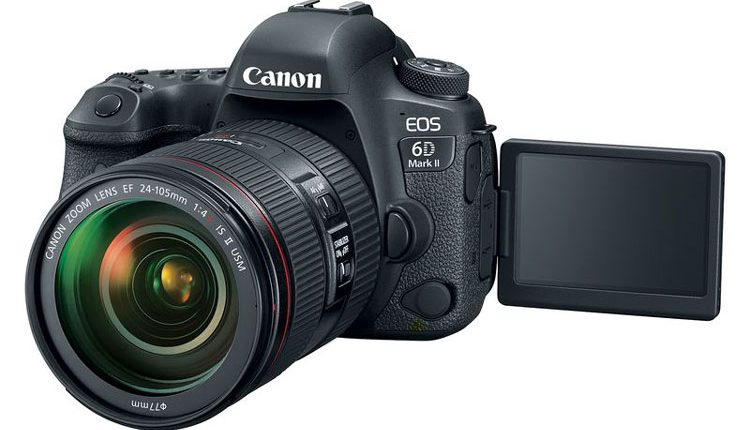
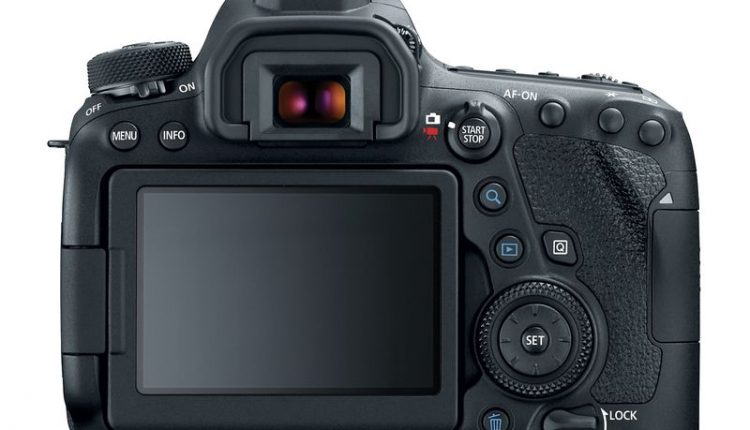
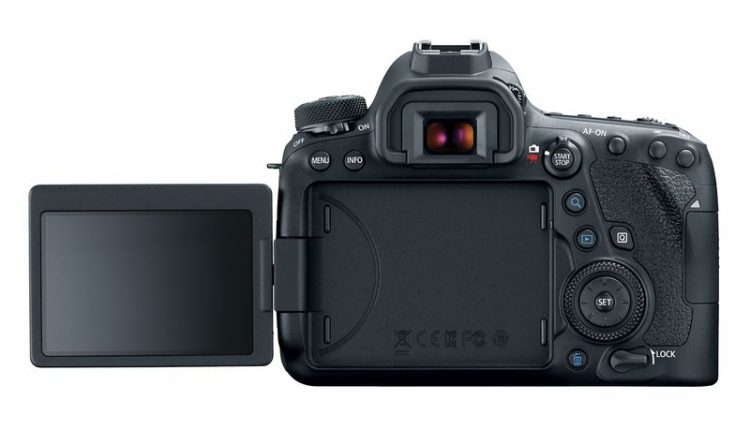
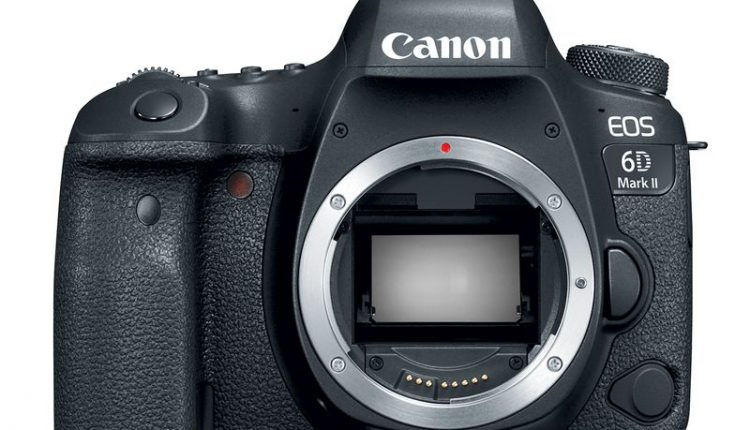
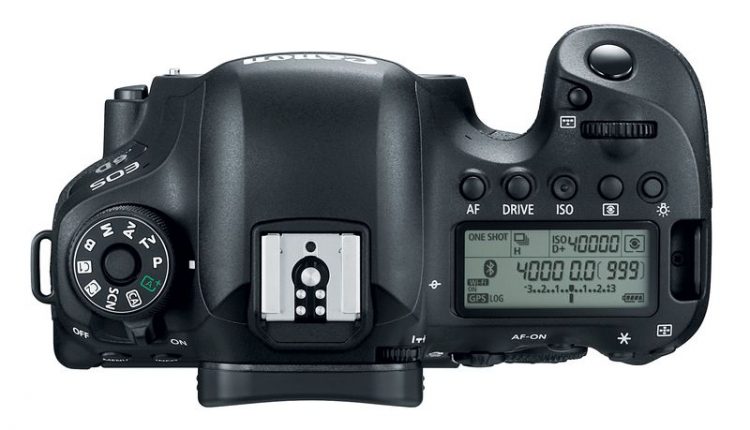
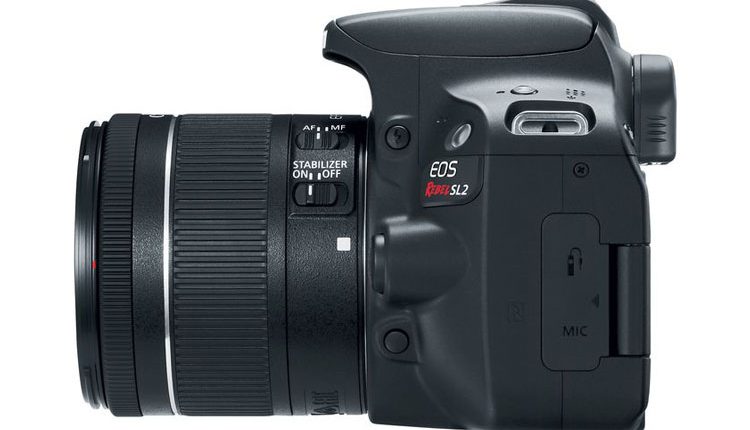
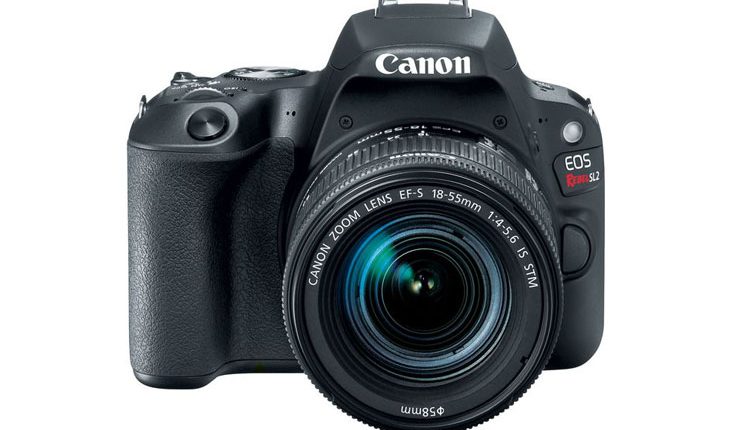
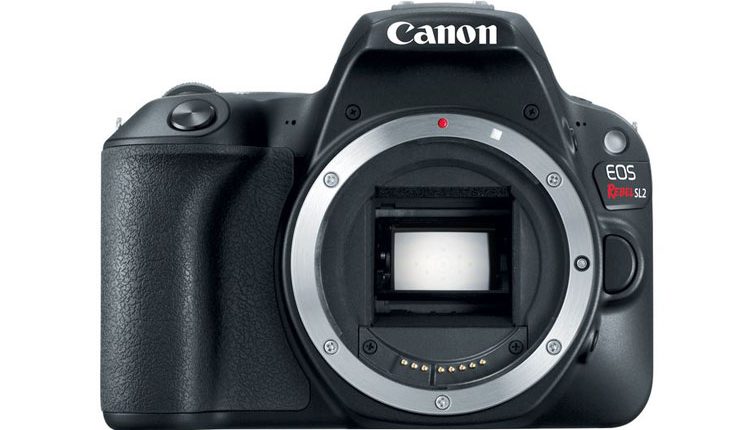
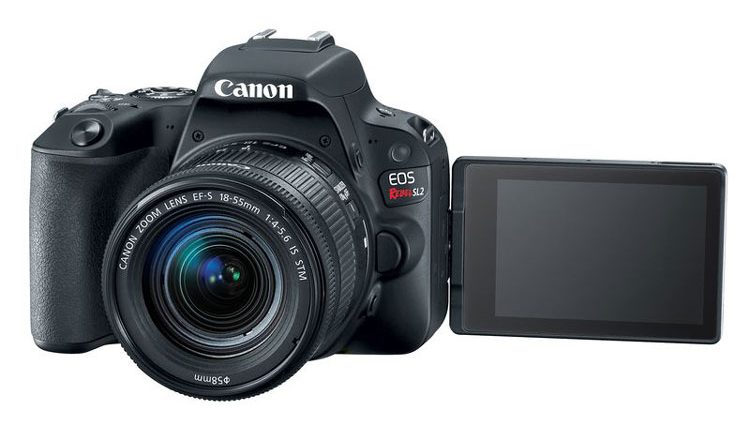
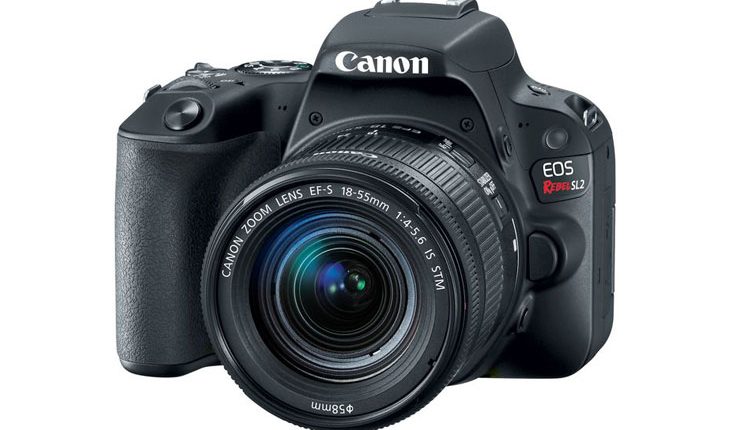
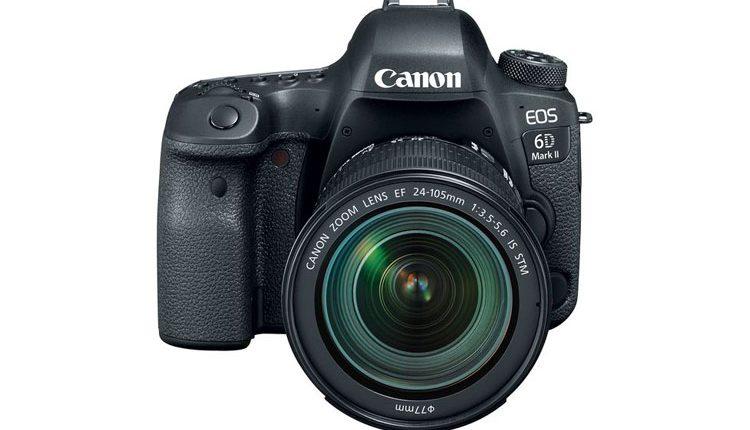
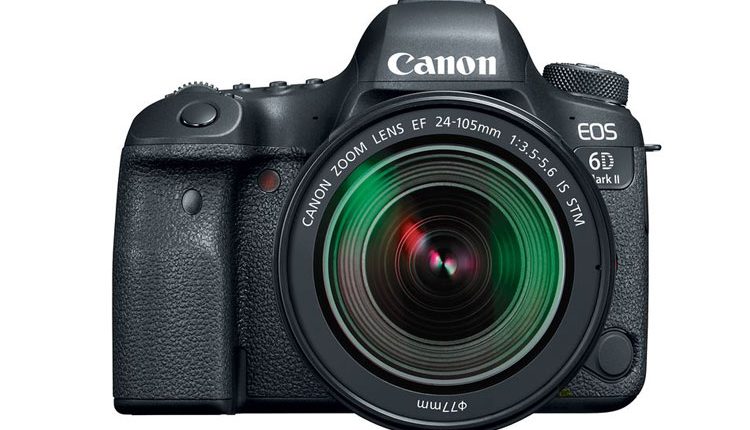
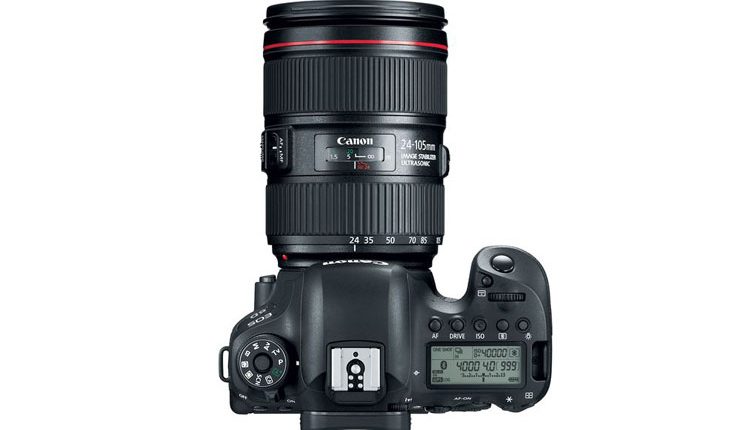
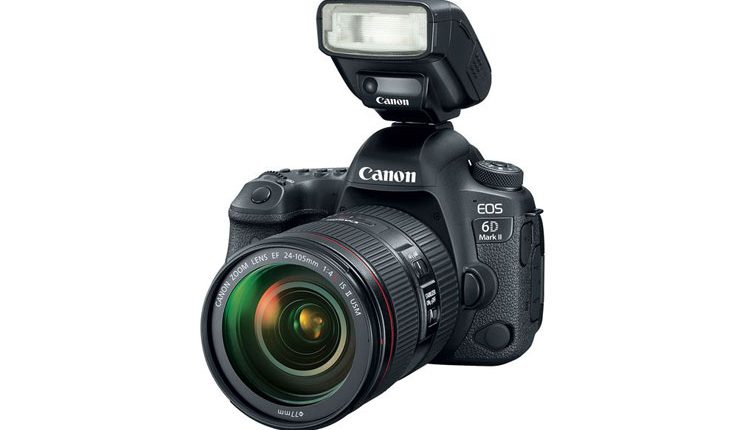
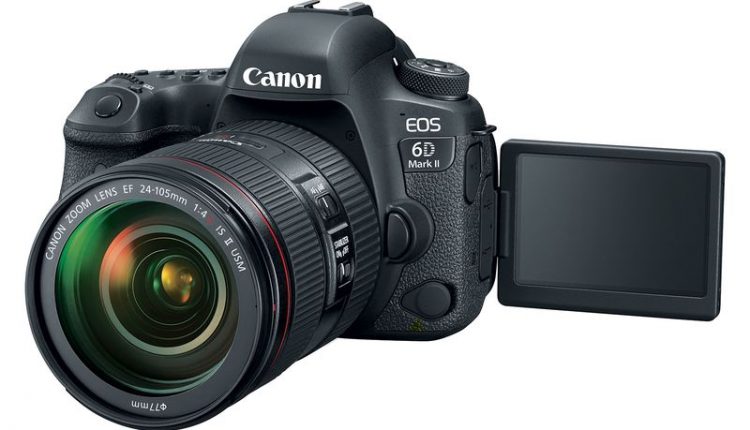
Comments are closed, but trackbacks and pingbacks are open.